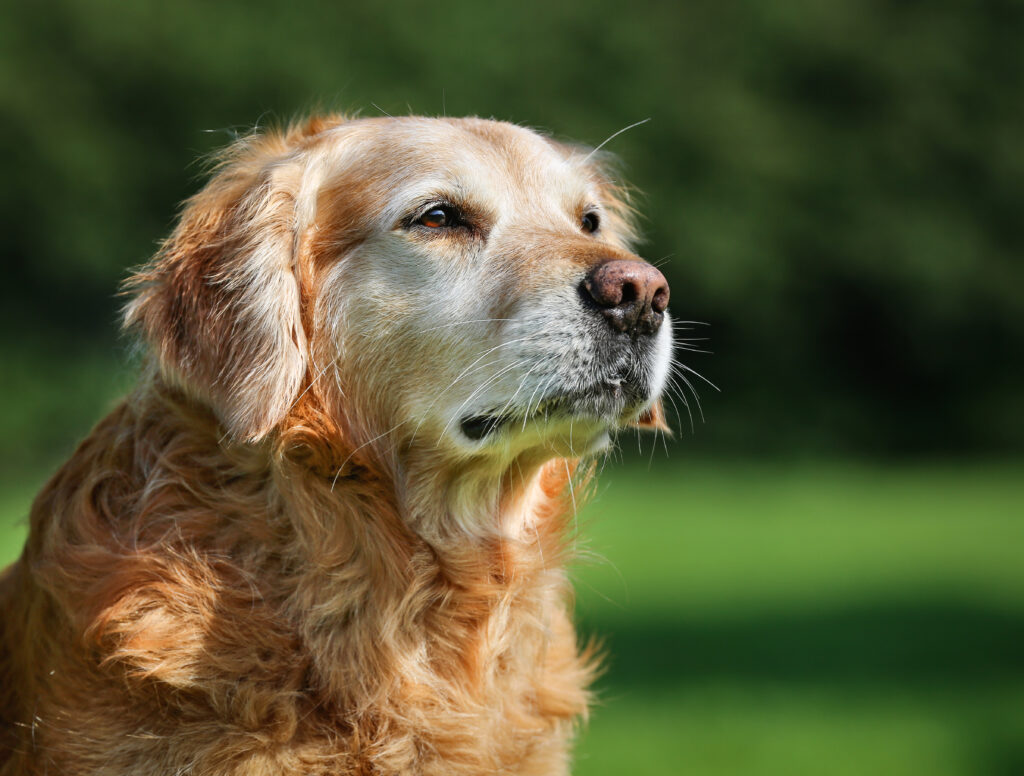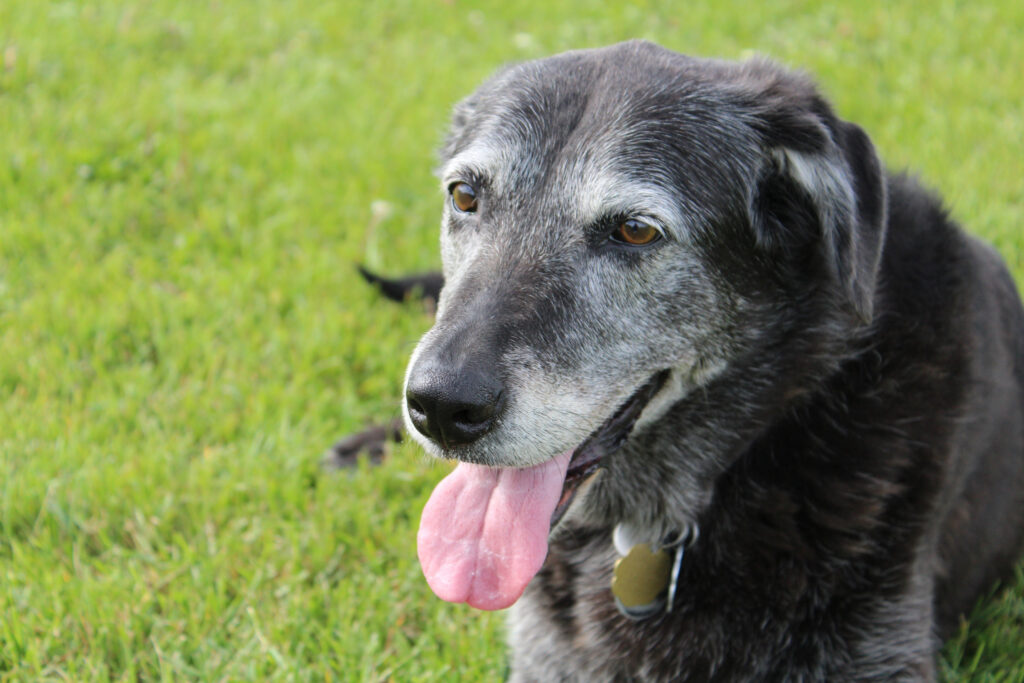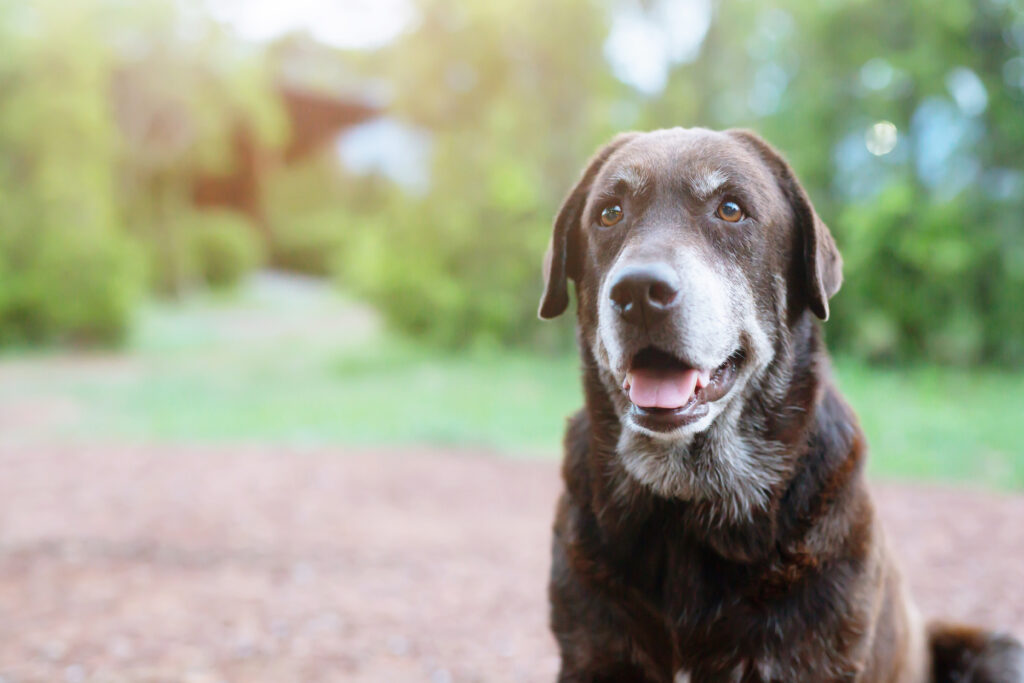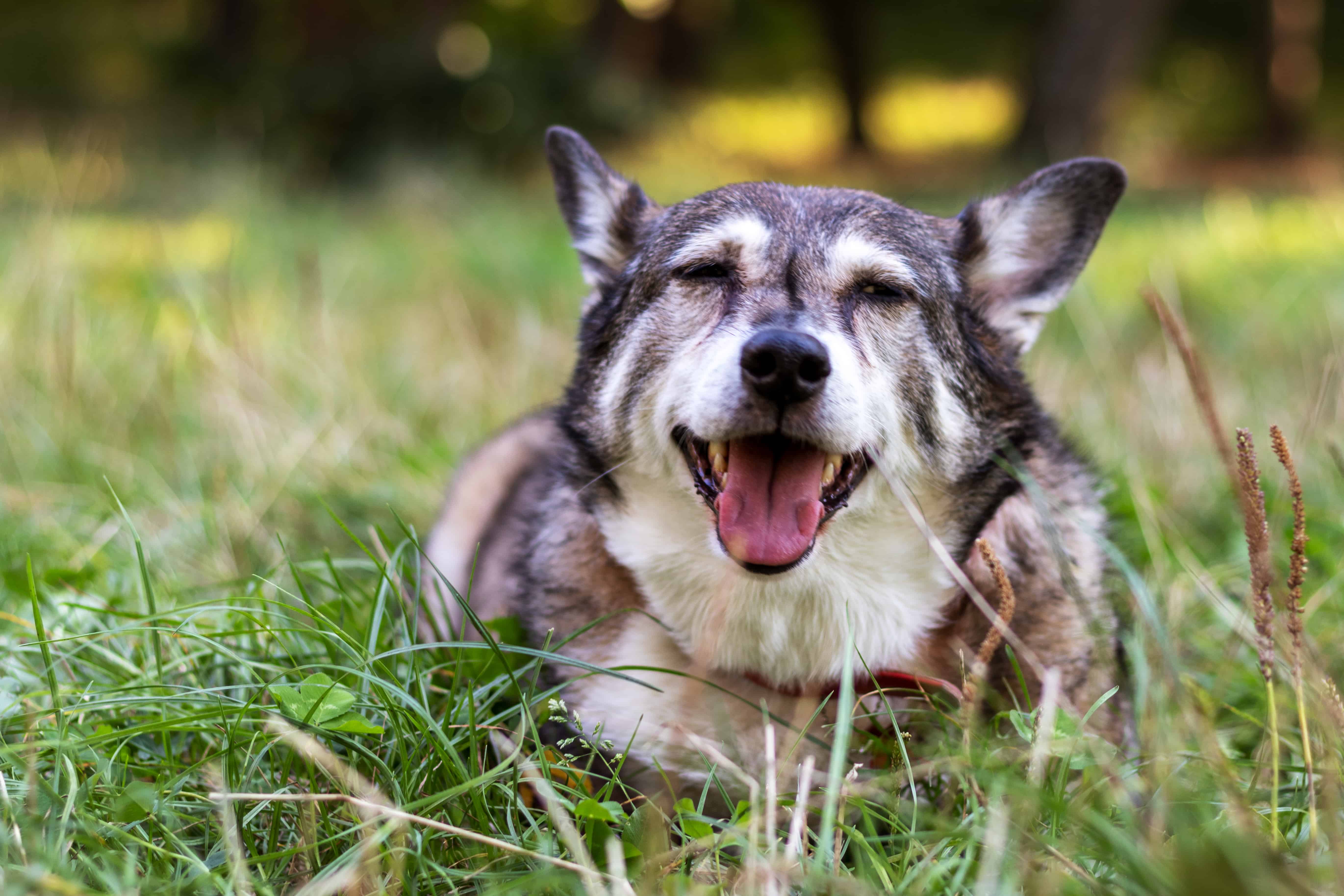It’s one of the most well-worn cliches in the book – ‘you can’t teach an old dog new tricks’.
Typically, this phrase implies that once anyone reaches a certain age, they are so set in their ways that teaching them a new skill is almost impossible. Yet just as humans can discover new hobbies in later life, dogs also have the capability to develop their skill set – sometimes to the surprise of their owners!
Over the years, we have encountered several dog owners who have told us that they believed their dog was simply too old for any formal dog training. The common misconception is that if obedience, socialization and structure are not provided during adolescence, then you have missed the window and your dog can never learn these things. It couldn’t be further from the truth! Of course, it is naturally easier to shape behaviors at a younger age. With patience and discipline, however, you can discover that it is possible to teach your older dog new behaviors.
Let’s take a look at how you can teach an old dog new tricks, and disprove the cliche once and for all. These tips are useful for older dogs in your home, but they can also be applied to younger dogs who have spent a lot of time in a rescue or shelter environment.
First things first - let’s talk about you, the dog owner
In an ideal world, you acquired your dog at a young age. You worked with them constantly as a puppy. You socialized them in a variety of settings. You enrolled them in formal dog training and ensured they learned their basic commands. You watched them develop into a well-rounded adult dog, and you now spend your free time living happily and peacefully alongside your obedient four-legged friend.
This all sounds great – except the world usually isn’t ideal.
Life happens. Circumstances occur. Perhaps you had other time commitments which prevented you from working with your dog during that adolescent phase, or maybe you let those bad habits slide without correcting them. Instead of living peacefully alongside your dog, you now spend your days cursing them under your breath, frustrated that they won’t come back to you when you call their name, or lamenting that you don’t have any control over them in your home.
If this sounds familiar, then don’t worry! All is not lost. As we outlined at the beginning of this article, socialization and obedience can be taught at any stage of a dog’s life.
However, as an owner, it is important to recognize that teaching an older dog will require a time commitment on your behalf. You’re trying to break the habits of a lifetime here. It will require you to invest time during your evenings after work, or at weekends. If you’re unsure if you have that time available in your schedule, then working with a professional dog trainer can help accelerate the process.
Next, let’s review some training tips for working with dogs who may have formed some undesirable habits over the years.

Think about your overall dog training goals
Before you even begin training your dog, you should give consideration as to why you want them trained. If your dog has never had any form of dog training, there is usually a catalyst that sparks your motivation to begin.
What is it about their behavior that you want to change? Is it a safety issue (e.g. bolting out the front door if you live in a busy subdivision)? Is it a control issue (i.e. charging around your home and knocking into young children or elderly relatives)? Is it something else?
Take a moment to write down your dog training goals and how you plan to accomplish them. This will create the structure you need for a successful outcome.
Consider the duration of training sessions
You want to make sure that any dog training session is productive, but this is especially true with older dogs. You’re trying to change behaviors that have been self-rewarded and unintentionally reinforced over a number of years. Overwhelming them with a laundry list of commands and instructions in one session isn’t the right approach.
Instead, to begin with, keep your training sessions short and sweet. Don’t rush! It is also vital to understand what will motivate your dog. If you have owned your dog for a while, you should have a good idea of potential rewards (such as food or toys). Use these wisely to encourage your dog to perform the behaviors you are teaching.

Consistency is key
Consistency is a key component of any form of dog training – whether you’re training an older dog or a puppy. Your instructions must be clear and consistent, and your dog should be in no doubt about what you are asking of them. Use the same verbal commands for the same tasks, and maintain your tone of voice as much as possible.
Depending on the precise nature of your training, you may find it useful to introduce clicker training. Whilst the tone and volume of our voice can change, the sound of a clicker will remain the same, regardless of how many times you use it. This can be particularly useful when moving your dog onto more complex, advanced obedience commands.
Make it fun!
You have to be enthusiastic when it comes to training your dog. If your demeanor is sluggish, or if you lack interest, it is likely that your dog is going to lack interest, too.
Make sure you are affectionate and provide your dog with praise whenever they perform the behavior you want them to achieve. Outside of training sessions, your dog doesn’t have to be in ‘training mode’ all of the time – whilst it is important not to reinforce conflicting behaviors with those you are trying to train, you should still let your dog enjoy time playing with toys, chasing balls, or snuggling with you on the couch.
Teach your dog a new skill
In addition to fundamental behaviors like obedience commands, you can challenge an older dog by teaching them a new skill. This can help to keep them mentally stimulated and alleviate boredom.
We’re not just talking about trick training here – you could also harness your dog’s powerful olfactory system by teaching them to use their nose in activities like search and rescue. Even less mobile dogs could take part in scent work, which teaches a dog to discern different odors and locate essential oils.

Don’t be too hard on your dog
This comes back to something we touched upon at the beginning of this article – patience.
With older dogs, it may take longer to correct a behavior that they have been performing for years. Expecting instant results is setting yourself – and your dog – up for failure. Formulate a plan that works for both of you, but remember to be patient and remain positive on your training goals. Even with just a small number of shorter training sessions, you will be amazed at the difference you can see in your dog!
In summary
Training an older dog is anything but a lost cause. Of course, it will require patience and discipline – but it is never too late to start training!
By formulating a solid training plan, remaining patient, and sticking with the process, you and your dog can strengthen your bond and achieve your dog training goals.


You must be logged in to post a comment.